
USHJA Wheeler Museum
From the Hunt Field to the International Hunter Derby:
American Show Hunters
Curious about what makes a great Hunter, what the judge is looking for, and even why Hunter riders dress as they do?
This exhibit showcases traditions of the Hunter ring from the origins in foxhunting through innovations that define the modern Hunter.
Discover why foxhunting became so formal, with rules for elegant attire and proper etiquette. Explore how horse shows developed as a means of showing off a horse’s good conformation and judging the best jumping technique and way of going for the hunt field. Safety, fun, and competitiveness went hand-in-hand, leading to the rules and practices of Hunter divisions today.
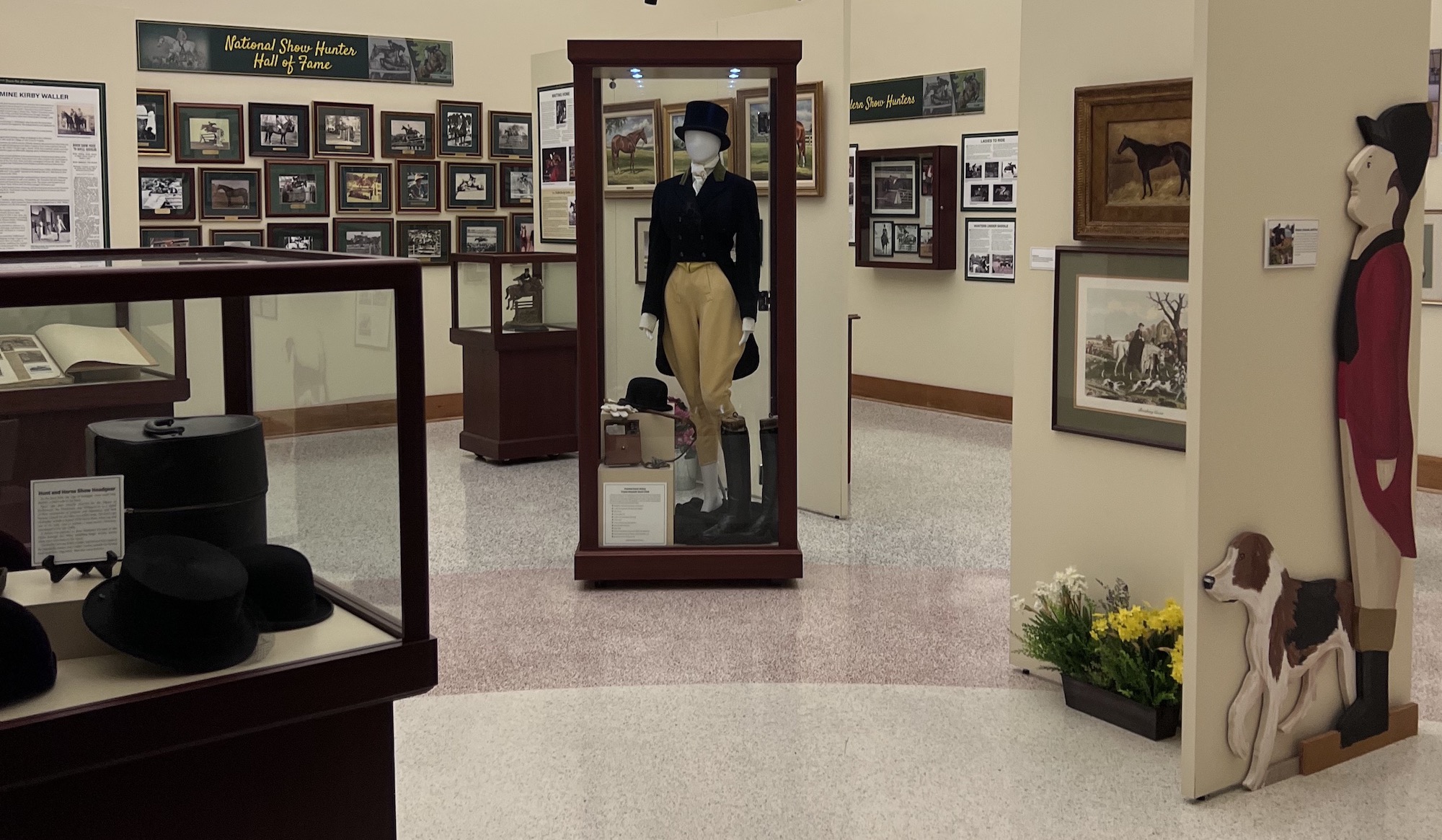
Scrapbooks, vintage prize lists, portraits, and memorabilia from the USHJA Wheeler Museum permanent collection bring to life the beauty and athleticism of legendary Hunters and stories of how the sport has adapted through the decades.
A highlight of the exhibit is the National Show Hunter Hall of Fame’s photo collection of champion Hunters and riders, trainers, and owners whose vision of the ideal Hunter shaped the Show Hunter sport.
Enjoy these highlights of the rich history of American Show Hunters
Welcome to a Tour through History
At the entrance to the exhibit is a near-life-size display of Brunello and Liza Towell Boyd soaring over a 4’9” jump from their record-setting third consecutive USHJA International Hunter Derby Championship. The International Hunter Derby was created to bring the tradition and art of horsemanship back to the show ring. Derby courses were set like those from a bygone era of outside courses meant to "simulate obstacles found in the hunting field.”
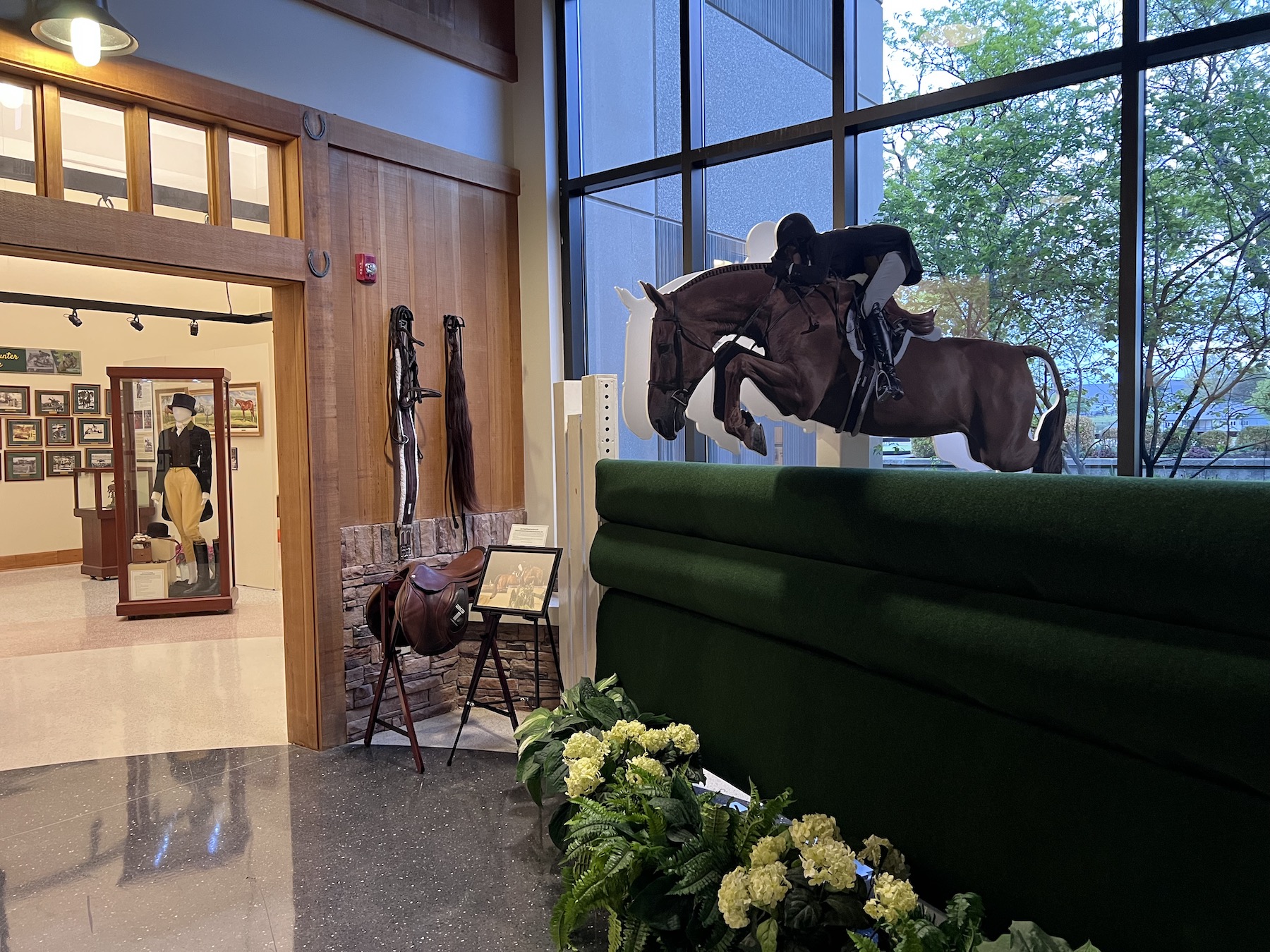
From the Hunt Field
Foxhunting as a sport was developed from the practice of working the hounds from horseback in pursuit of the fox. Prints and photographs of English and American foxhunting through the centuries depict elegantly dressed riders atop gleaming horses negotiating rough terrain, tall fences, and wide ditches.
Field hunters needed to possess a range of desirable characteristics of mind, body, and heart given the demands of the sport. They needed to be even-tempered and brave, and physically fit to run and jump. Members of the hunt were expected to be competent in the saddle to enjoy the chase of the fox among a group of excited horses and hounds.
Rules and regulations for participating in foxhunts were established for the safety and well-being of humans, horses and hounds, as well as respect for the land and its owners. Many of these practical considerations became the traditions of the Hunter discipline.
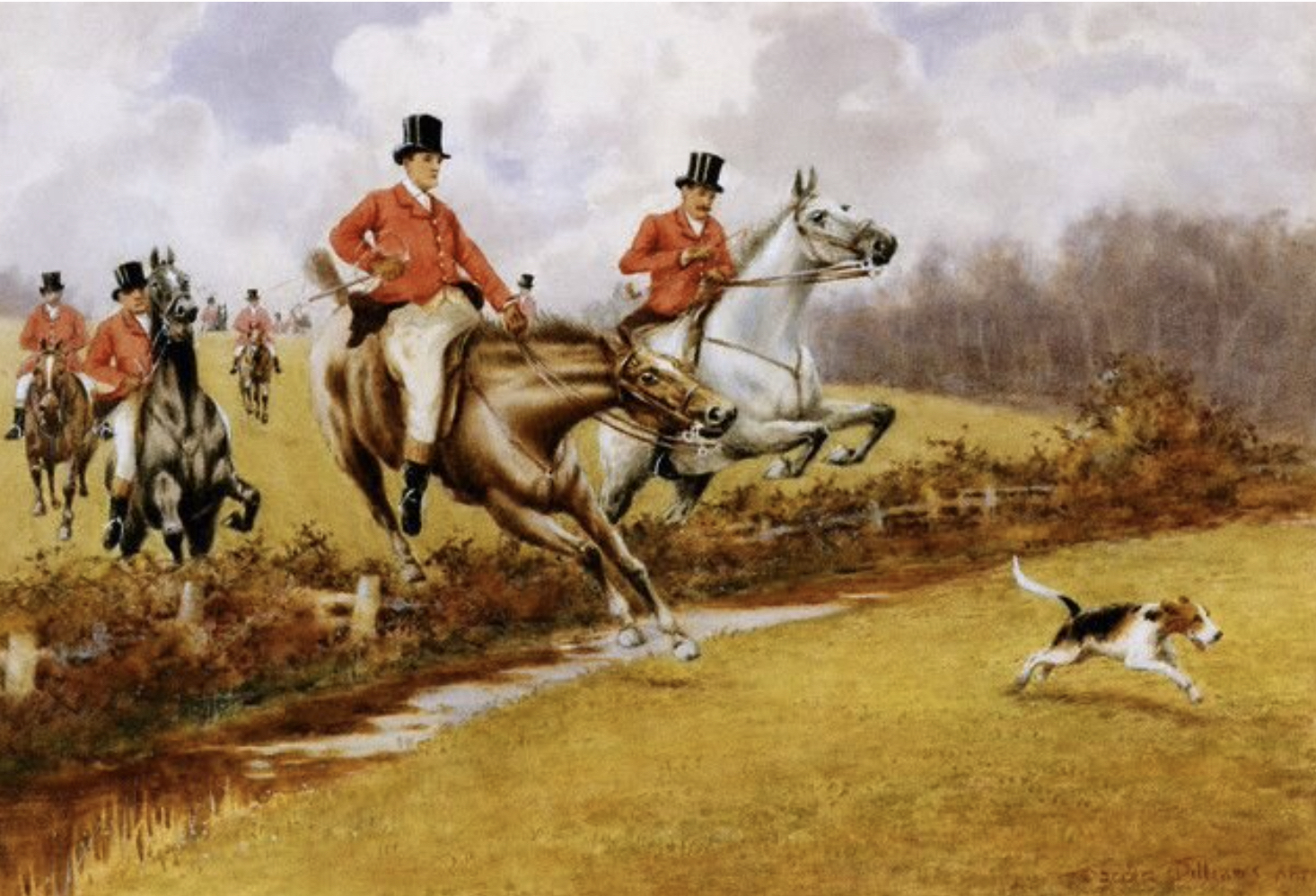
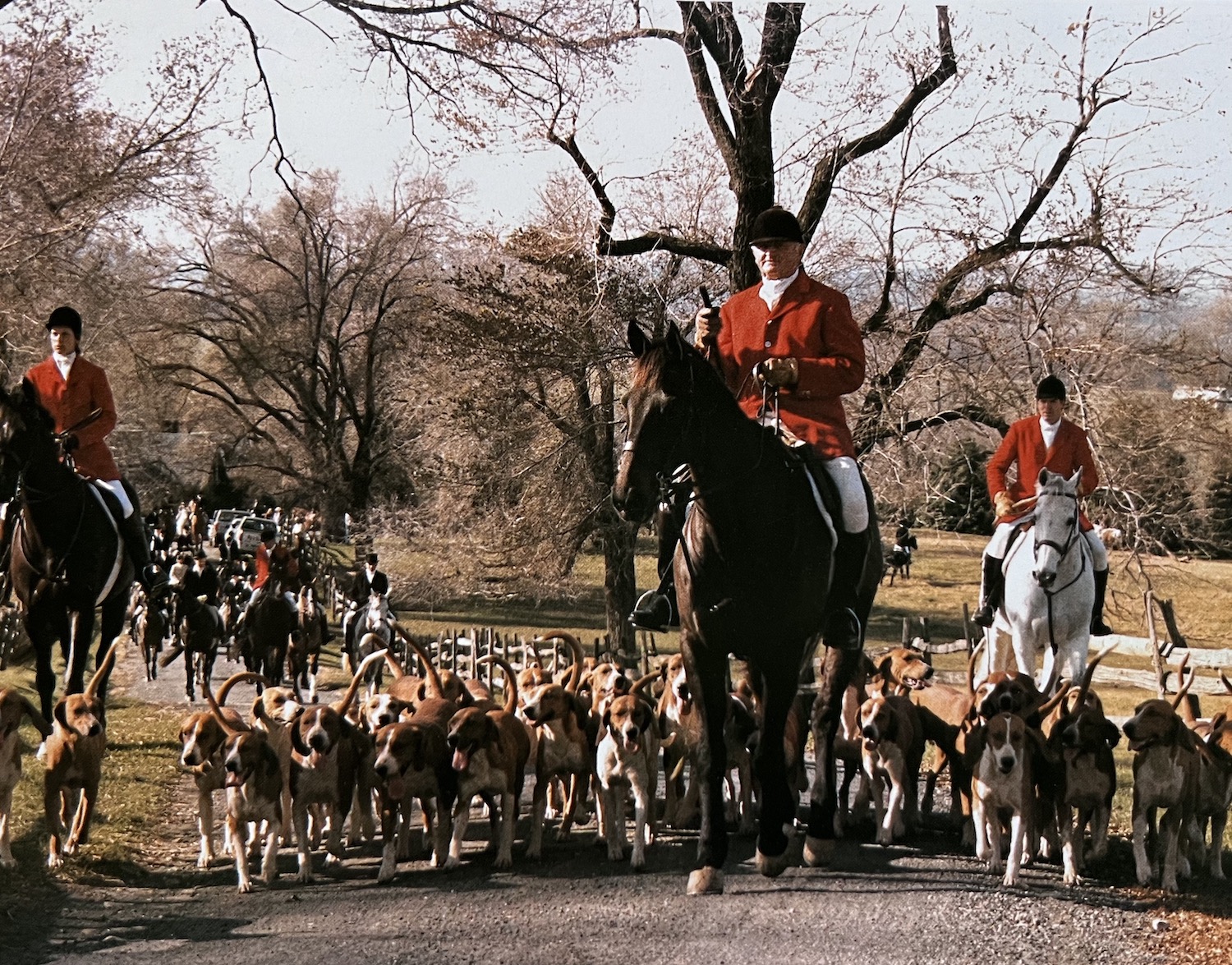
To the Horse Show
Horse shows developed when members of hunt clubs looked for activity outside of hunting season. Breeding classes were held to reward good quality and proper conditioning, becoming a marketplace of horses suitable for hunting.
The Upperville Colt & Horse Show, which was founded in 1853 in Virginia and is still running strong today, is generally recognized as the first dedicated horse show. Prize lists from the National Horse Show, Devon Horse Show, and other shows of the early 20th century on display indicate that the original Hunter classes focused on “conformation, quality, substance, and soundness,” as well as “performance, manners, and way of going” to test whether a horse had the characteristics of the ideal foxhunter, not to determine which horse was best in the show ring.
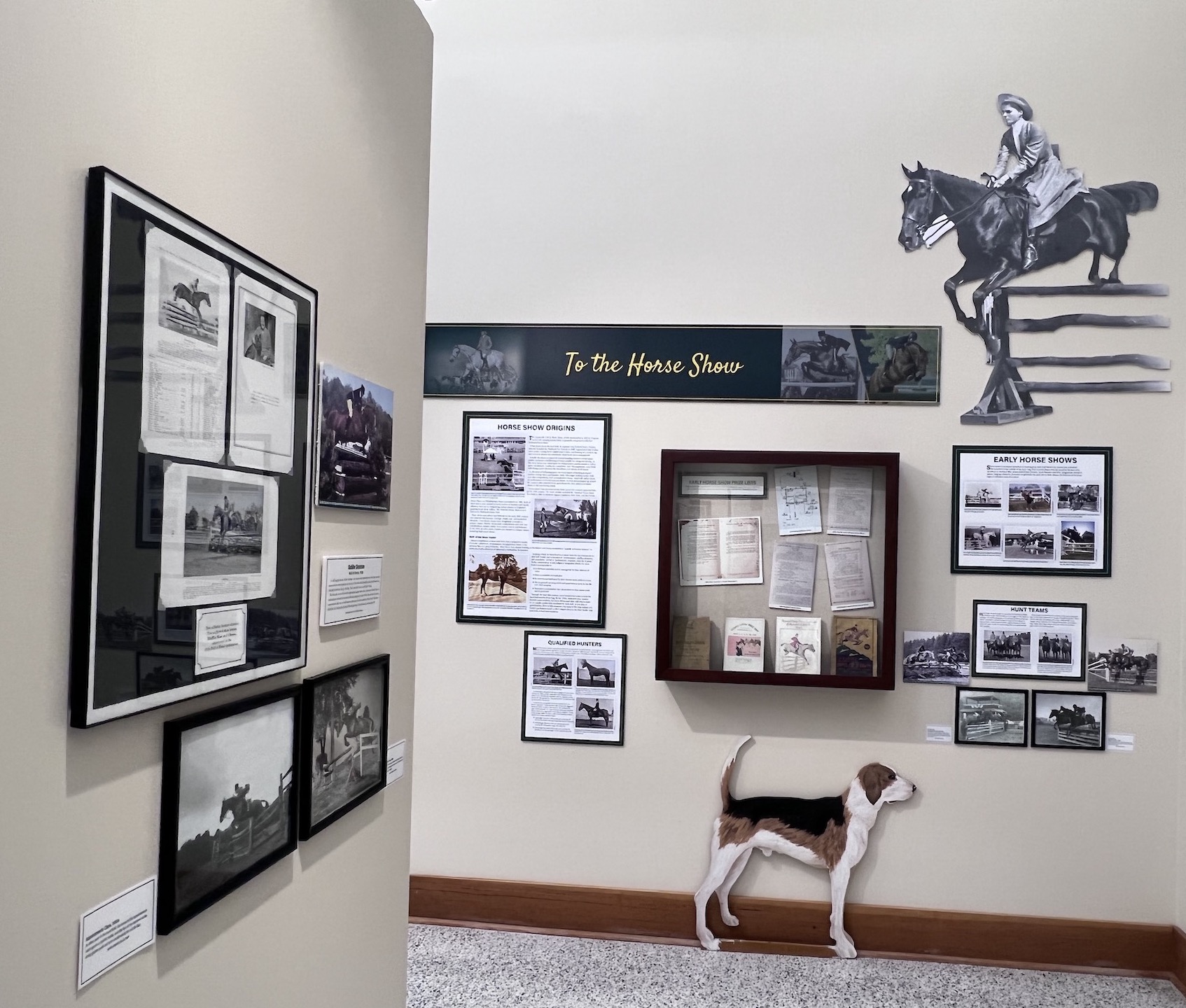
A family scrapbook on display featuring 1930s newspaper clippings and photos about Wilhelmine Stewart Kirby, better known as Mrs. Thomas Waller of Bedford Hills, New York, provides insight into the ways Hunters introduced spectators to “hunting pace, style and bravery” on courses that mimicked the hunt field in and outside of the show ring.
A firsthand account of Holystone, who excelled in both the show ring and hunt field, describes the experience of a young woman given the chance of a lifetime to ride a son of Man O'War in the 1940s.
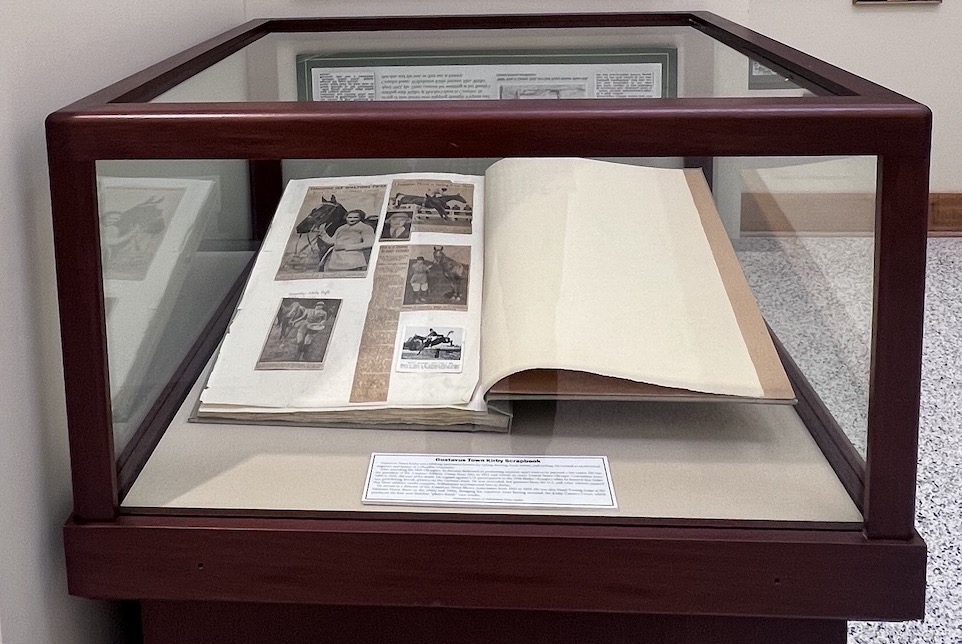
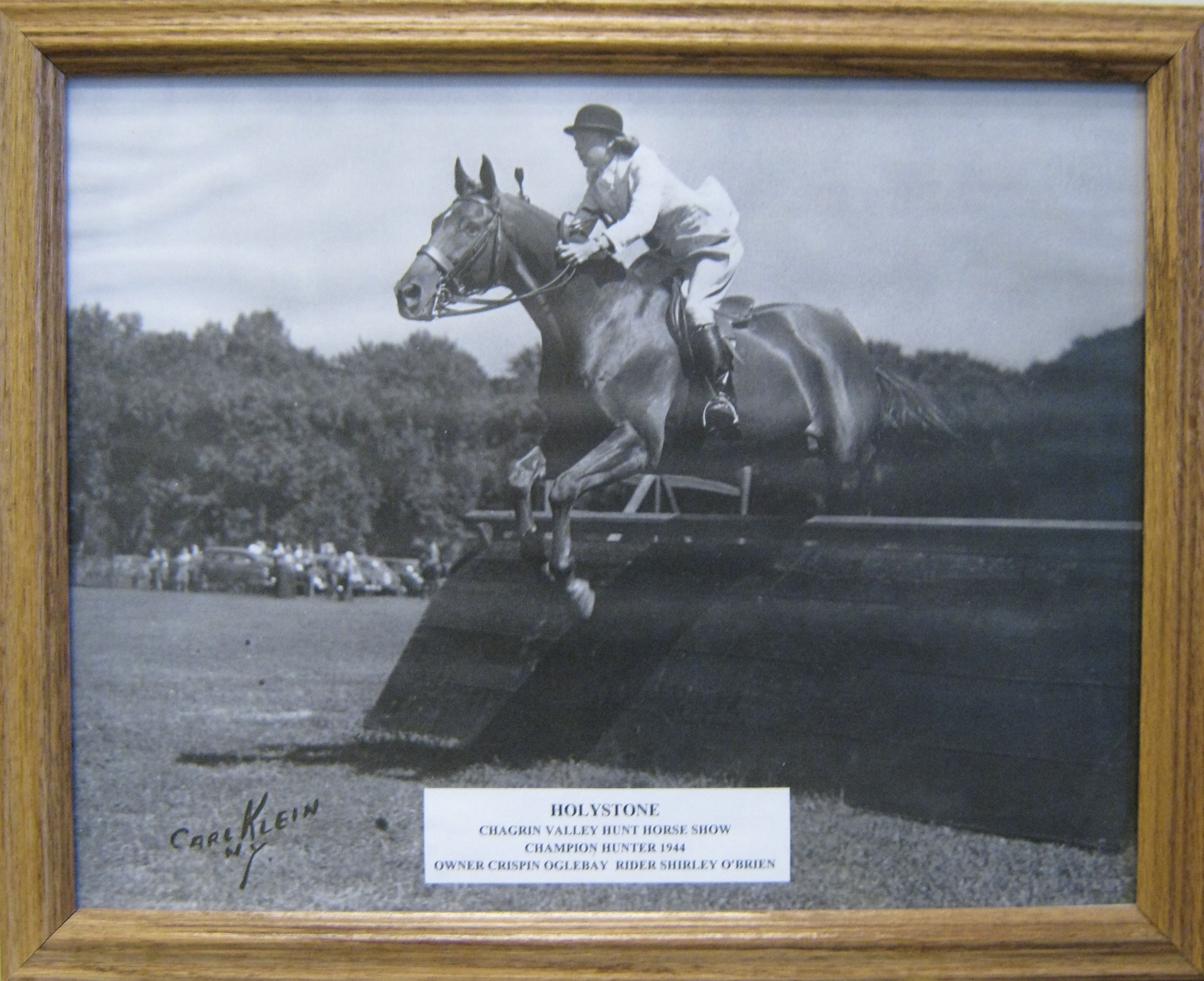
Modern Show Hunters
Horse shows in the later 1930s became their own type of sporting event with prize money, silver trophies, and social prestige as coveted awards. Training and riding for shows led to the development of professional trainers and show riders, who filled the ranks of most classes not designated for children.
The Budd Studio photo collection and stories from the 1940s-1970s on display draw a rich portrait of the traditions of Hunter “brilliance and daring” as horse shows adapted to changing realities while maintaining the thrill of the hunt field. Classes were largely run over courses in fields with stone walls, coops, and huge Aikens (a pile of brush, often with a log on top). Horses were expected to gallop, and distances were unrelated.
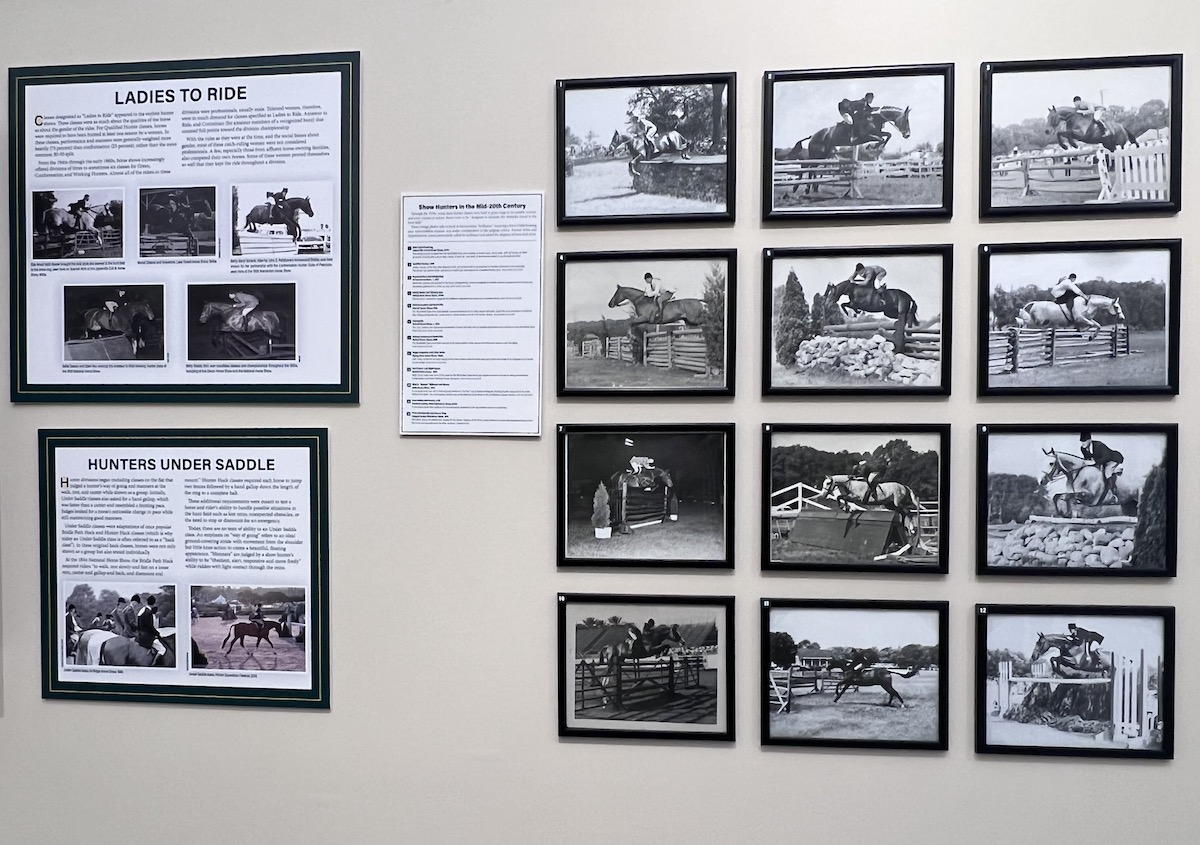
The Ideal Show Hunter
The boom in recreational riding in the 1960s led to more people without foxhunting or even farm riding experience becoming interested in horse shows. Hunter classes were still often held on outside courses, keeping a sense of the chase alive for riders and spectators alike. Formal attire and “appointments” classes kept up the traditions of hunt field elegance even as they were increasingly held solely in the show ring.
Without the direct connection to the hunt field, the goal of Hunter horse shows shifted from the focus on the horse best suited for the hunt field to the horse who gave the best performance in the show ring.
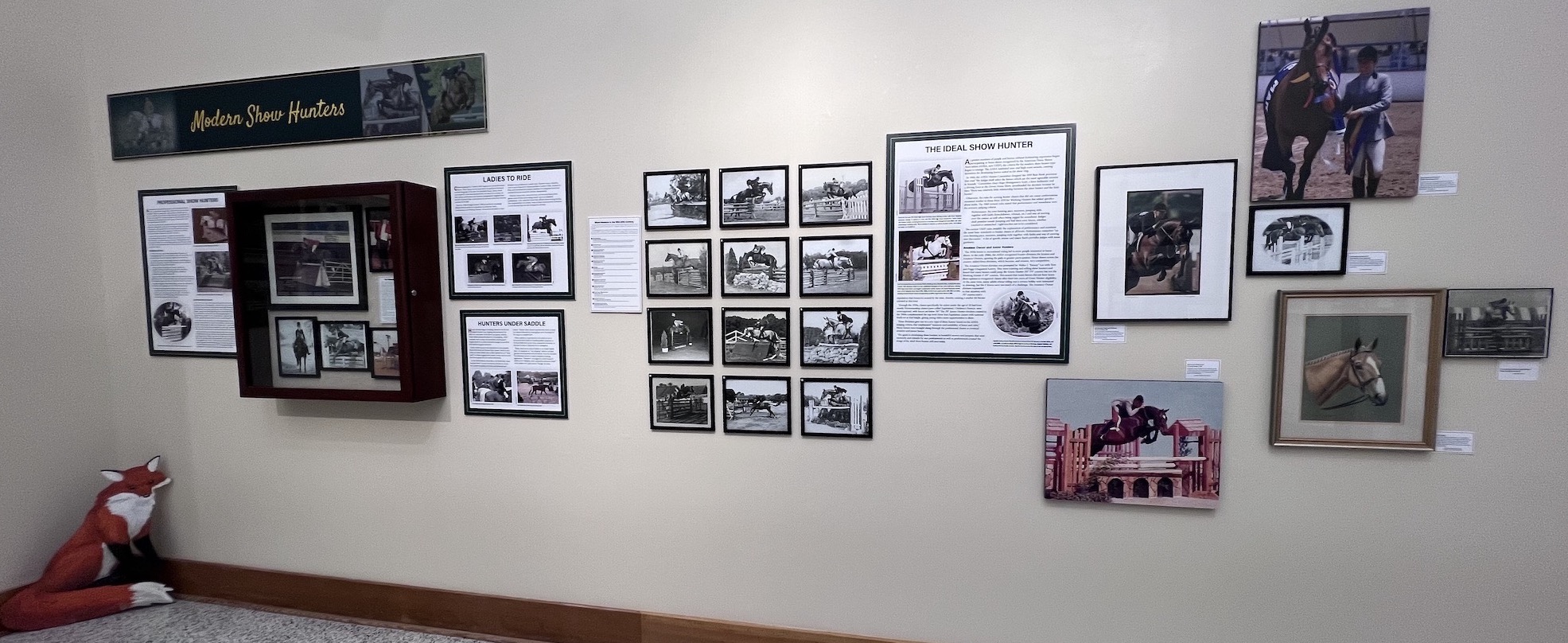
Paintings, fine artworks, and photos accompany stories of stars of the Hunter ring such as Protocol, Waiting Home, and Rumba, offering highlights of the pathway toward the expectations in today’s Hunter divisions.
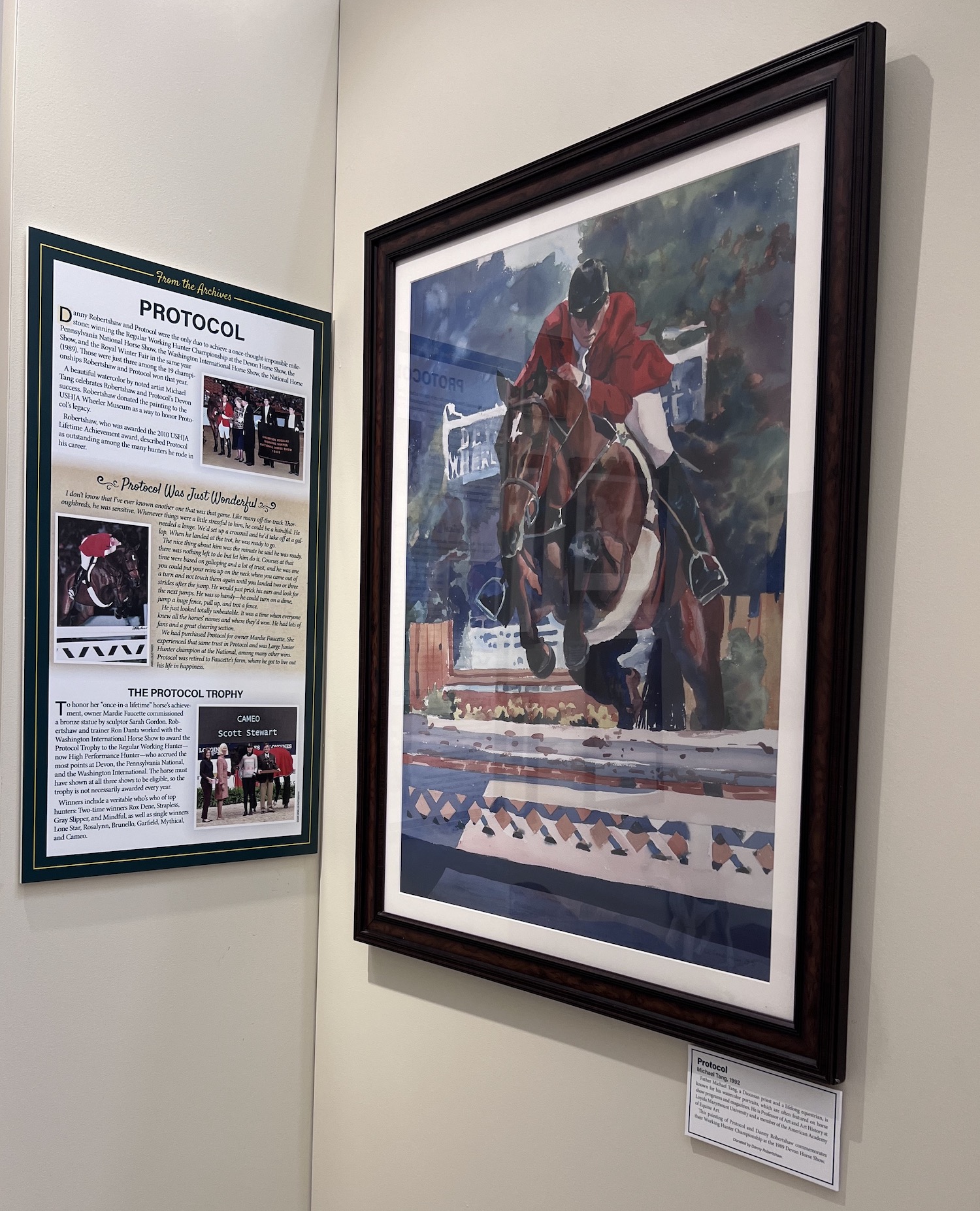
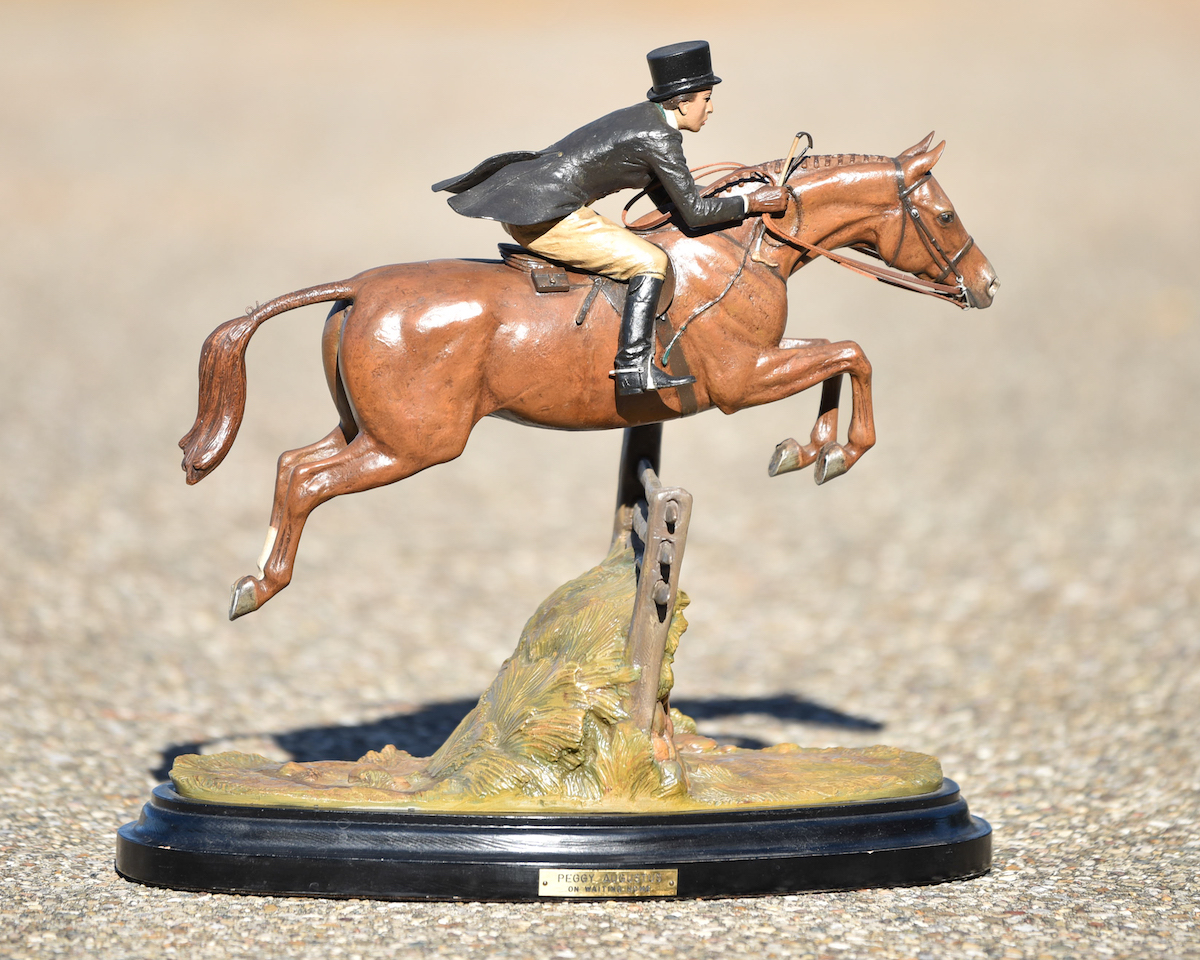
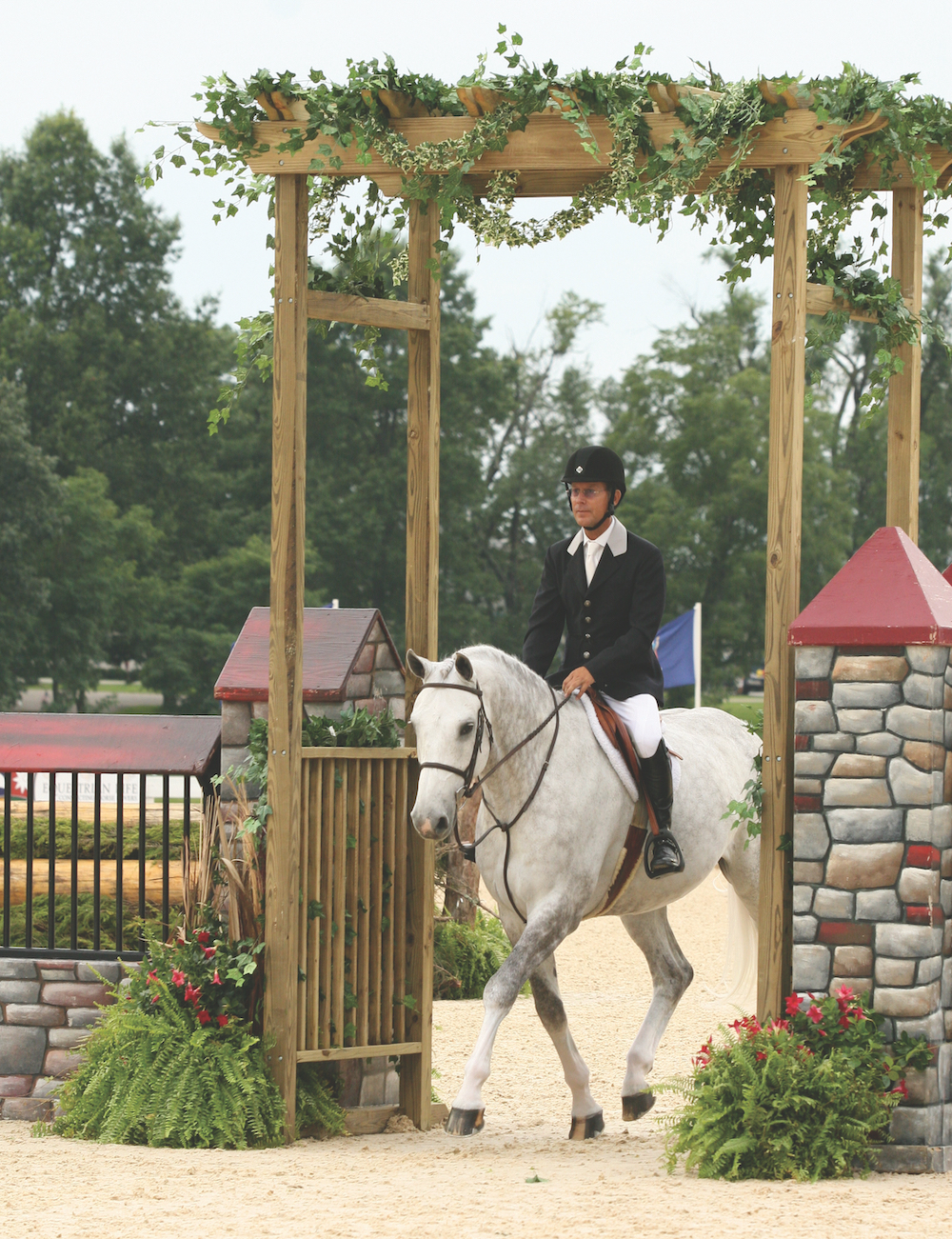
The National Show Hunter Hall of Fame
A central feature of the exhibit is a tribute to the National Show Hunter Hall of Fame, founded in 1995 by Carol Molony to recognize “the horsemen, horsewomen, and horses who for years performed in championship style at the very best horse shows.” The more than 175 inductees have been nominated and chosen by their peers.
A collection of 50 photos from different decades creates a historic tapestry of courses, jump types, riding style, and even social conventions of various time periods as they commemorate legendary horses, riders, trainers, owners, and judges.
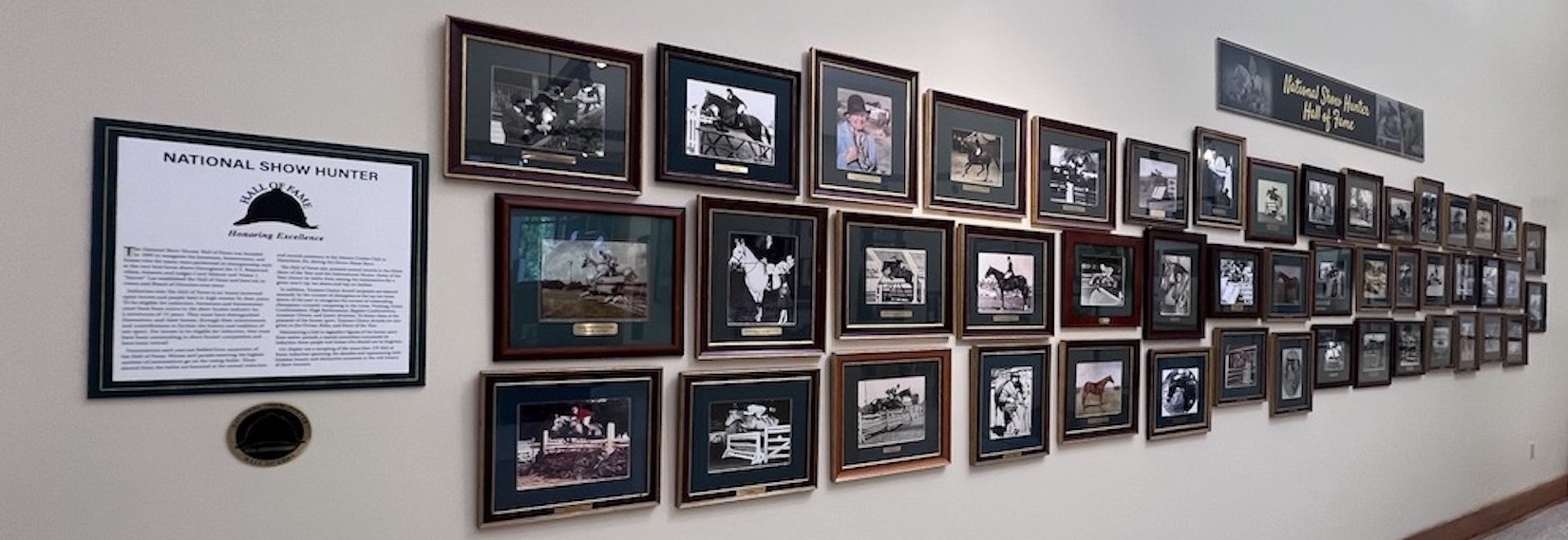
Come See For Yourself!
The Wheeler Museum is located in the USHJA Headquarters at the Kentucky Horse Park in Lexington, Kentucky. The museum is open from 8:30 a.m. to 5:00 p.m., Monday through Friday.



